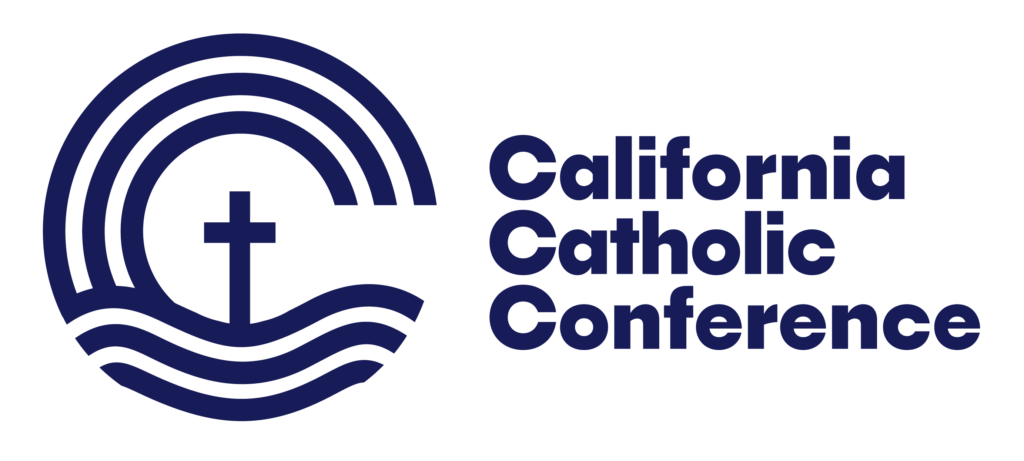In 1911, in an effort to wrestle control of the legislature away from the railroads, California was one of the first states to introduce the initiative process.
Allowing citizens to place policy directly on the ballot with an initiative is an “experiment” in direct democracy that the citizens of the Golden State still seem to hold dear.
The system has its pluses – citizens can address issues their lawmakers cannot – and its minuses – almost any special interest with sufficient financial resources can get something on the ballot.
One of the challenges, however, is that voters must make decisions on complicated public policy issues with a simple yes or no answer. Some initiatives may not have been drafted carefully and result in unintended outcomes. Finally, crafty but misleading campaigns can lead to poor decisions.
Staying informed and understanding Catholic teaching when making policy decisions is critical, but it can also be time consuming.
That is why the Conference continues to provide a succinct analysis of each of the propositions – along with relevant Catholic teaching – despite the fact that the Conference has not taken any positions on the 2018 primary ballot initiatives.
You can find the analysis here along with general resources on Faithful Citizenship, guidelines on approved political activity in parishes and general discussions on important Catholic themes.
California has always been a state to experiment with new and innovative forms of governance and there are two relatively new approaches to keep in mind.
This year, five counties will begin a new system in which every voter will receive a mail-in ballot that they can either drop in the post or bring to a “voting center” that replaces the traditional polling place.
The counties are Madera, Napa, Nevada, Sacramento and San Mateo but the change is already causing confusion in some voters. (All counties will be allowed to make the switch by 2020.)
The net impact, however, is that if you live in one of the counties with the new system visit your county election official’s website to make sure you understand the new procedure or read the ballot mailed to you carefully. You do not want to be disenfranchised.
Since a 2010 law, California also uses the “top-two primary” system, meaning that the candidate with the highest number of votes in the primary and the runner-up advance to the General Election regardless of their party.
Advocates of the system contend that it drives candidates to the political center and eliminates the extreme right or left. Enacted by voters in the form of Prop 14 (2010) many are not convinced it has had the desired impact.
Please remember to vote on or before June 5!
